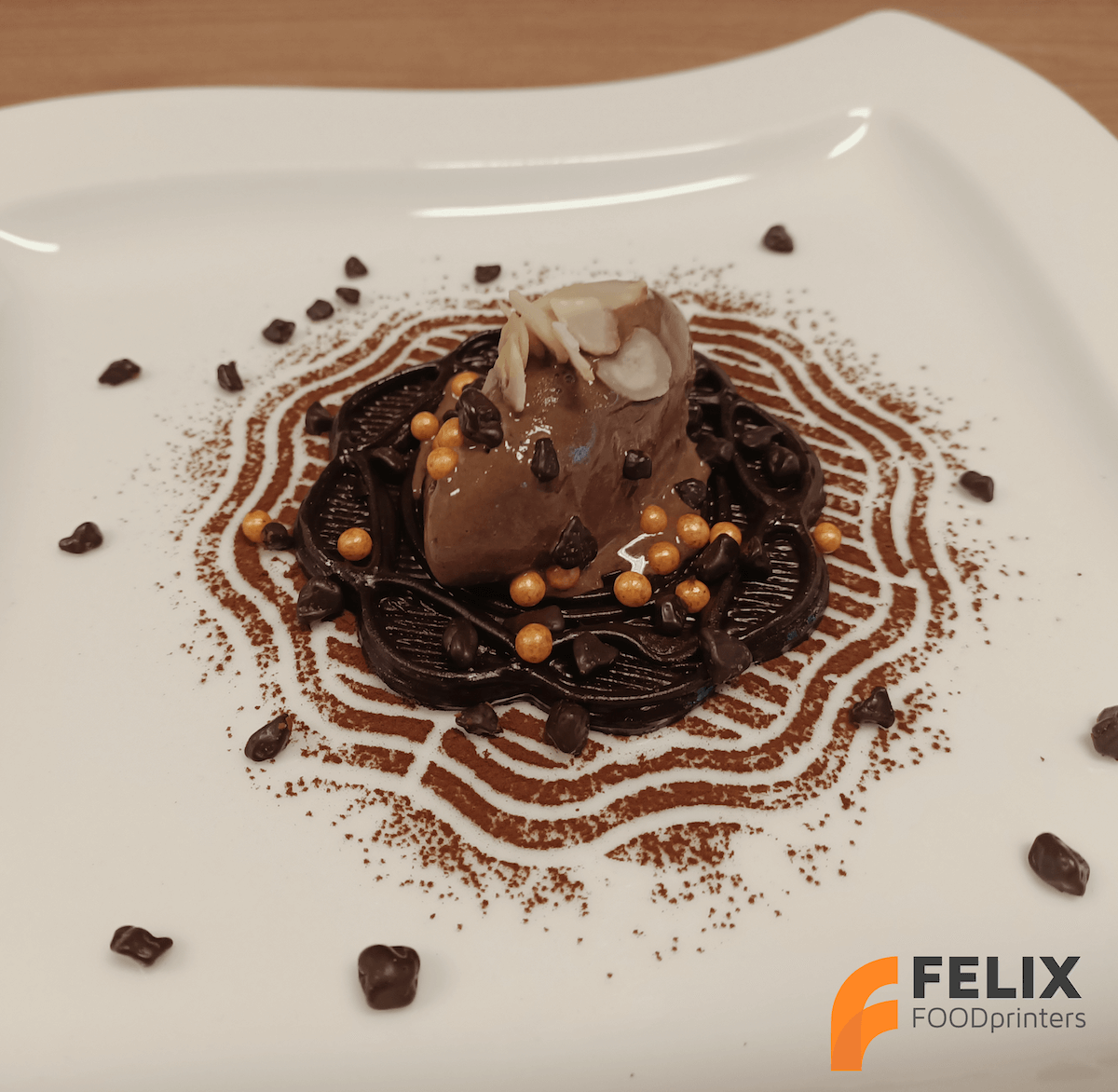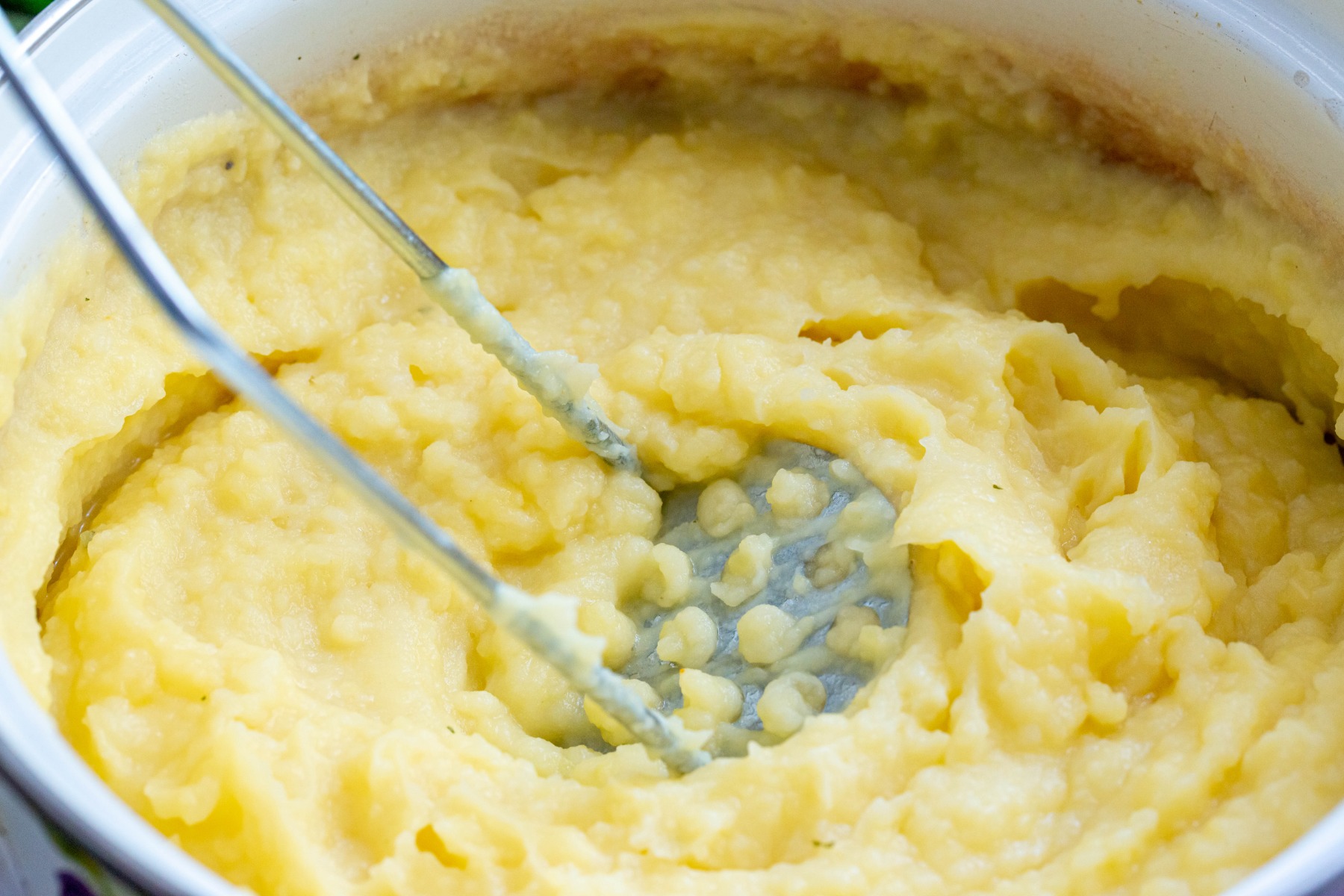
What kinds of food can you 3D print?
Food 3D printing is revolutionising the way that we prepare and present food. Once you are convinced by the benefits of Food 3D printing and how it will elevate your and your clients' experience of food, the next logical question is: What kinds of food can you 3D print?
The following factors need to be taken into consideration when selecting a food to 3D print: Viscosity, texture, nozzle size, flavour combinations, end-product or part of a whole.
In this article, we will be looking at these factors.
1. Viscosity
Viscosity, or how firm or liquid a material is, is one of the main elements that should be considered when 3D printing food.
Paste-like materials are extruded from a syringe and onto a plate or other surface. This two-step process ultimately determines whether you will be able to print a food type.
Firstly - is the material viscous enough to be extruded successfully without hardening, stiffening or blocking the nozzle? A food type needs to be fluid enough to easily move through the print-head. Practical examples to illustrate this would be a potato puree. A consistency of this thickiness can be 3D printed, but at lower speeds.

The contrary is also true - if a low viscosity material is to be used, limitations to the height of the object exist.
If more liquid materials are to be printed, one should always check if it has enough surface tension to remain in the shape that it was printed in. A more watery solution will form droplets or clumps and is thus not suitable for 3D printing.
The ideal scenario is where it is experimented to find the mediums between this range, to print. Viscosity ranges between 84 mPA (e.g. olive oil) and 1,000,000 mPA's (e.g. butter or lard) can be used.
2. Texture
The texture of the printed material plays a role in its printability. A smooth consistency leads to even, fine and accurate printing. Pastes with a fine texture can glide well through the syringe and nozzle.
With the FELIX Dual Food 3D Printer, you can combine two materials in one single print. Two textures can be combined. There are examples where meat has been simulated in 3D food printing, combining various ingredients in one print, to create a more diverse, realistic taste and texture. The natural structure of cooked meat is a combination between fats, moisture and solid, stringy elements. By discovering what works well in combination, the taste experience is elevated.
Certain paste-like substances can be 3D printed in a fluid form, only to harden later, or be cooked. An example of this is pasta - where beautiful or intricate designs can be created, and later hardened before preparation in water. Another example is dough, that can later be baked. Pastries, cookies, breads and "containers" for other mediums, can be printed in this manner.
3. Nozzle size
There are various nozzle sizes available, and recommended. With a larger nozzle size selection, you can achieve higher output levels.
Below is a chart based on an average viscosity:
| Nozzle sizes | 1.2mm or 3/64inch | 1.6mm or 1/16inch | 3.2mm or 1/8inch |
| Diameter Output | 4cc per minute | 5cc per minute | 10cc per minute |

4. Flavour combinations
The selection of material types is greatly up to your own creativity. It is an art to find the right recipe that combines the base ingredient, additional thickener if needed, as well as taste intensifiers such as salt, pepper, herbs and spices if needed, sugars etc.
5. End-product or part of a whole
3D Printed food can be printed as an end-product, to be directly consumed, or as part of an intricate design where additional materials are added to.
Decisions about which materials to use and the designs that they are applied in, will also influence the types of pastes or materials you choose to print with.
In general, the following food types have been used in successful 3D prints:
- Vegetable purees
- Fruit purees
- Fats such as butter
- Fruit purees
- Chocolate
- Avocado
- Sugars such as marzipan and sugar icing
- Soya
- Seaweed and algaes
- Dough
- Pasta dough
- Egg white
- Insects
- Combinations of food types
And more...
